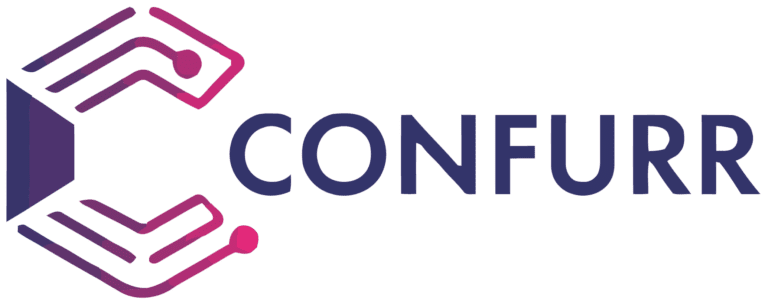Two Minutes To Understand How To Achieve a Quality Customer Experience

- Improving first contact resolution rate
- Improving the agent experience, too
- Integrating the collaborative contact centre
- Don’t miss the other episodes!
As organisations focus on developing a customer-centric culture, they’re increasingly dedicating more services to improve customer experience. More and more employees are involved in the customer relationship. Therefore, they need communication and collaboration tools to provide the best possible service.
But businesses that are structured in silos prevent initiatives of this kind from succeeding. In particular, the business communications system and the contact centre solution rarely communicate with one another. But this situation is in the process of changing.
In episode 2 of our series “How to optimise your business communications”, Alfie Al-Attiyah, Lead Solutions Engineer, explains how to break down silos and improve the experience of agents and, therefore, customers with the help of a collaborative contact centre.
Improving first contact resolution rate
In order to improve customer service, businesses need to increase the amount of queries resolved at first contact. To achieve this, they often have to involve experts in the process of resolving customer queries, but these experts do not always form part of the contact centre team. When a customer calls about a problem with their invoice, it is sometimes necessary to transfer them to the accounts department. When the question is about a delivery or the availability of a product, they may need the logistics department.
With a collaborative contact centre, which can also be described as a UC + CC solution (unified communications and integrated contact centre), agents can transfer a call seamlessly and check that internal staff are available because calendars and presence are synchronised. The customer does not have to call back and explain the context of their query again to someone else, which means that the query can be resolved more quickly. No calls are missed and the customer is immediately satisfied.
These solutions also allow for a genuine omnichannel customer relationship by linking the digital-first contact centre with the phone channel, which customers prefer for the most complex queries.

Improving the agent experience, too
A communications system that integrates the contact centre and the business communications system also makes life easier for users. Nowadays, most businesses are aware that the agent experience is also an important consideration. Agent turnover rates are rising and, according to a recent study by Frost & Sullivan, they can be as high as 75% for on-site employees.
In a collaborative contact centre, the agent or the expert responsible for resolving the query provides a better service to the customer and can move seamlessly from a phone call to a video if they want to put the relationship on a more personal level or share a document to resolve a complex issue, for example.
Integrating the contact centre solution with the unified communications system is also useful for onboarding agents and training them to use messaging, sharing files, accessing high-definition video and audio, and recording meetings.
Integrating the collaborative contact centre
A collaborative contact centre can also bring IT-related benefits to businesses. With this type of contact centre, IT leaders only need to deal with a single supplier (so manage one phone system), and they no longer need to be concerned about integration issues. Choosing a particularly reliable solution also allows them to ensure business continuity, with the financial guarantee provided by an SLA. This is the case with the RingCentral Contact Centre (99.99% availability) and RingCentral MVP (99.999% availability).
Studies carried out by analysts have shown that installing a UC + CC solution results in a 22% reduction in service costs (compared with solutions acquired separately) and a 37% increase in the customer satisfaction (CSAT) score (source: Aberdeen Research, Metrigy 2021).
RingCentral customers have achieved even more impressive results with our solutions: 23% reduction in telecommunications costs, 42% increase in employee productivity and 30% reduction in the average cost of service (source: RingCentral survey).
Don’t miss the other episodes!
If you want to find out more about optimising your business communications, watch the other episodes in our video series:
Episode 1: How unified communications and AI can facilitate new working models
Episode 3: How to integrate your phone system with Microsoft Teams
Episode 4: How to manage your communications system more effectively with the help of advanced analyses
Episode 5: How to ensure that your business communications system is reliable
Originally published Nov 01, 2023
